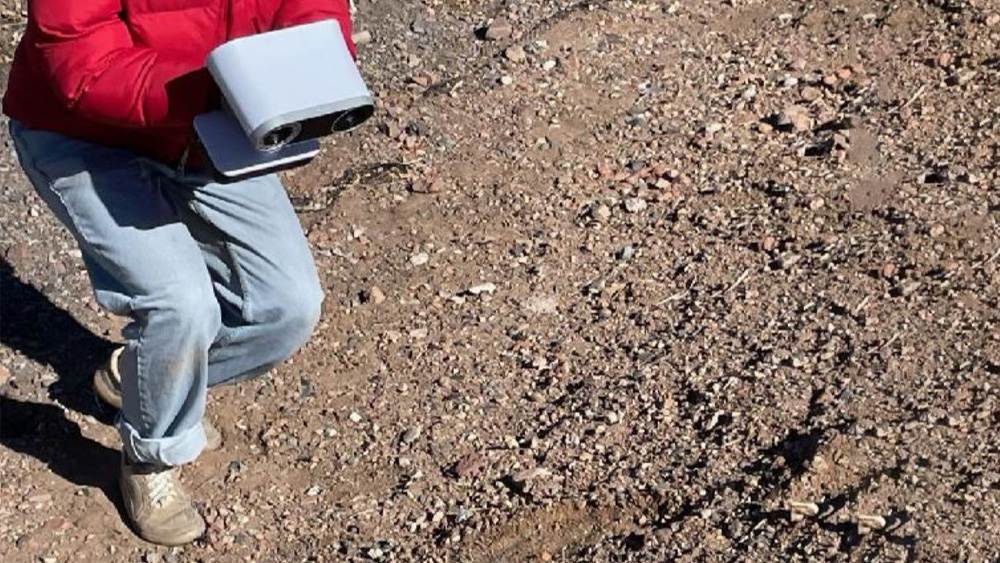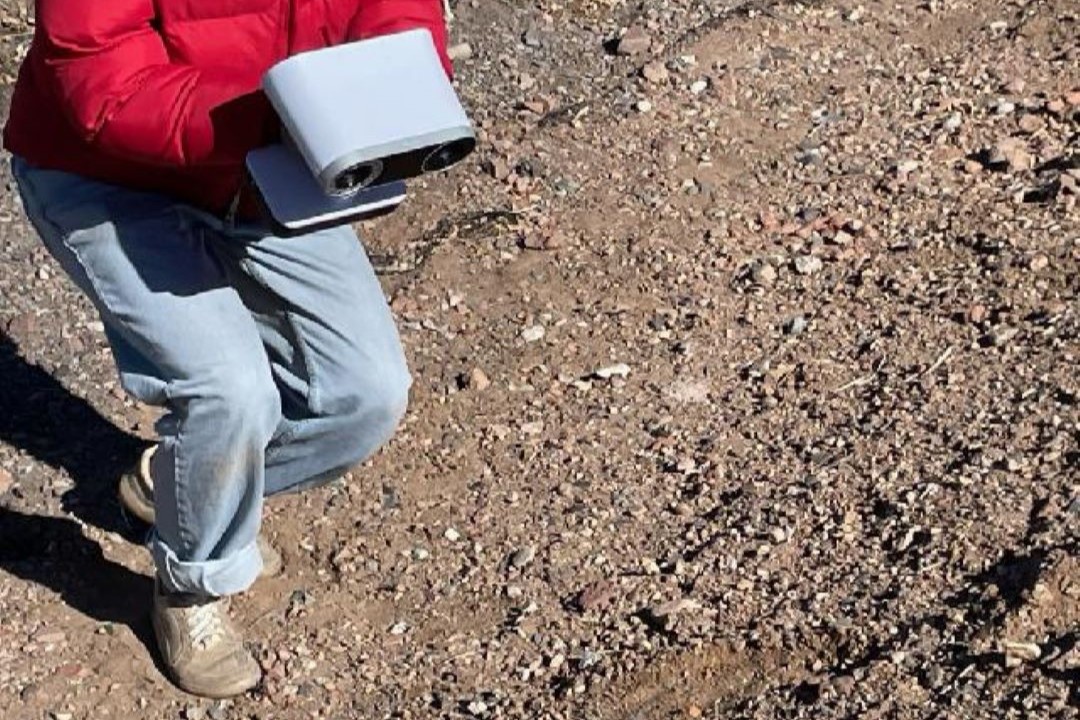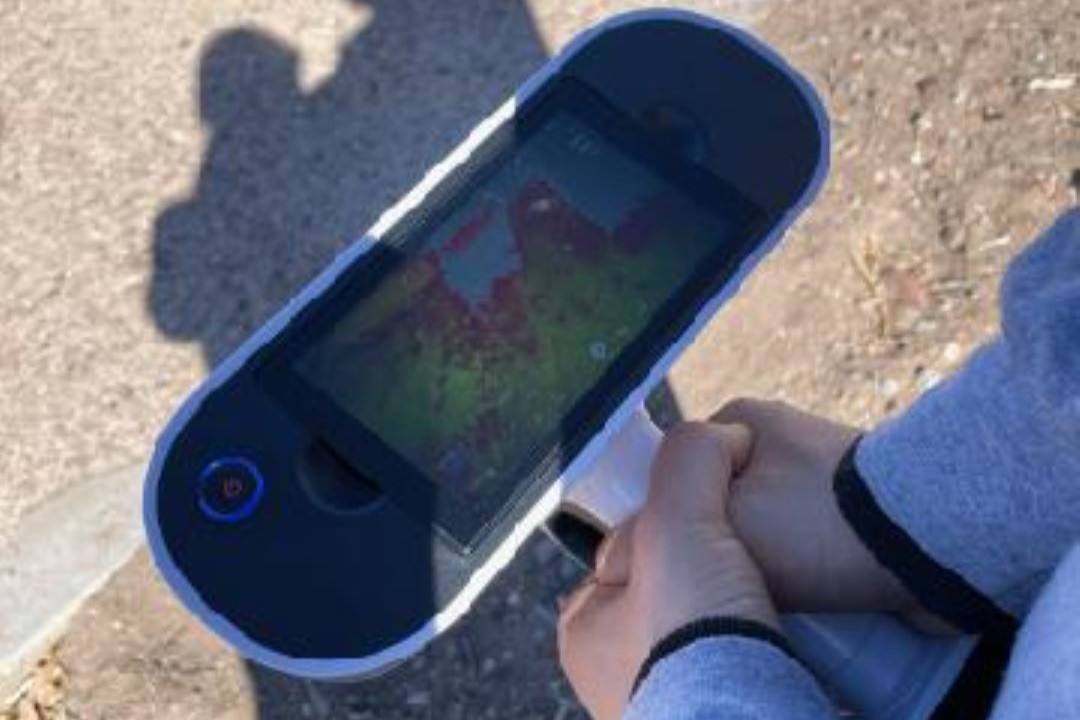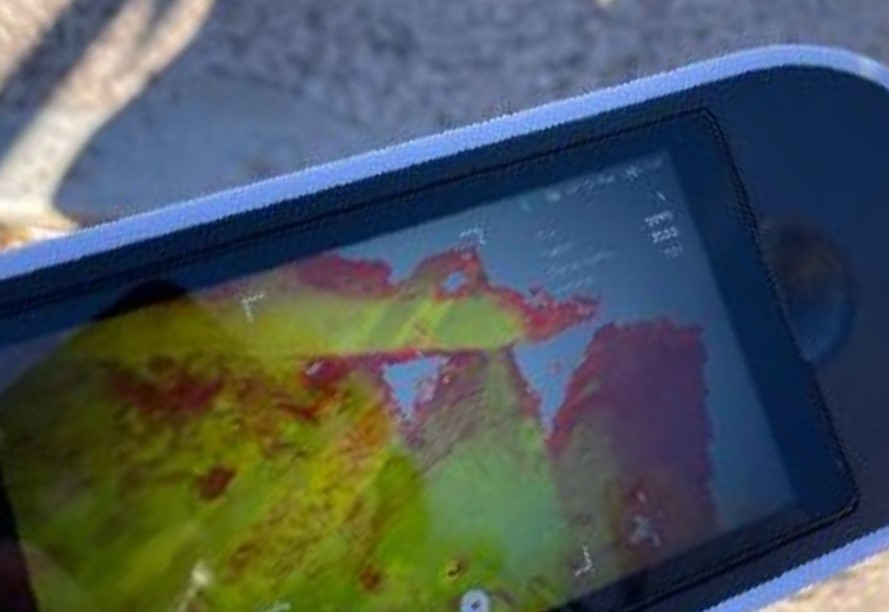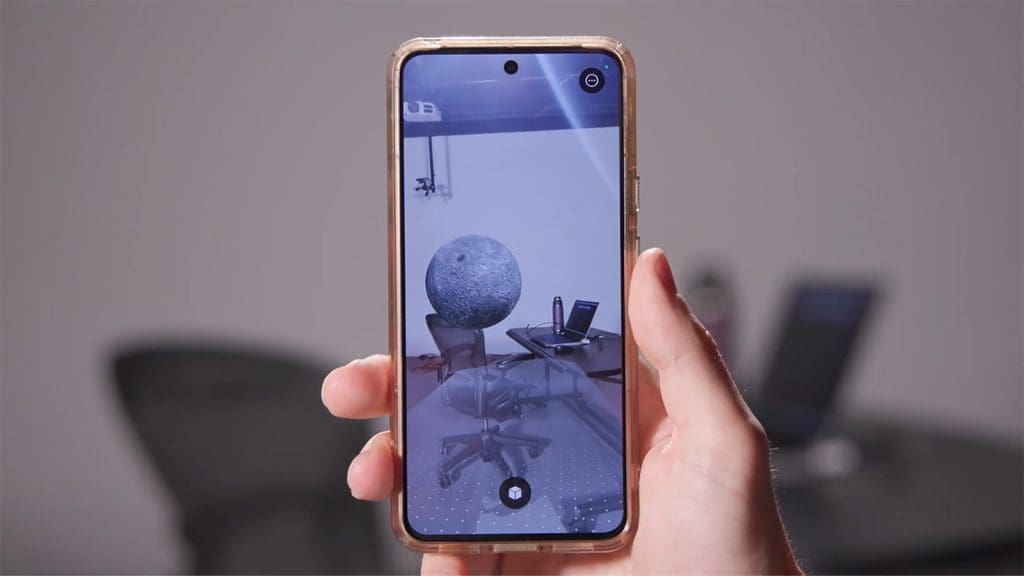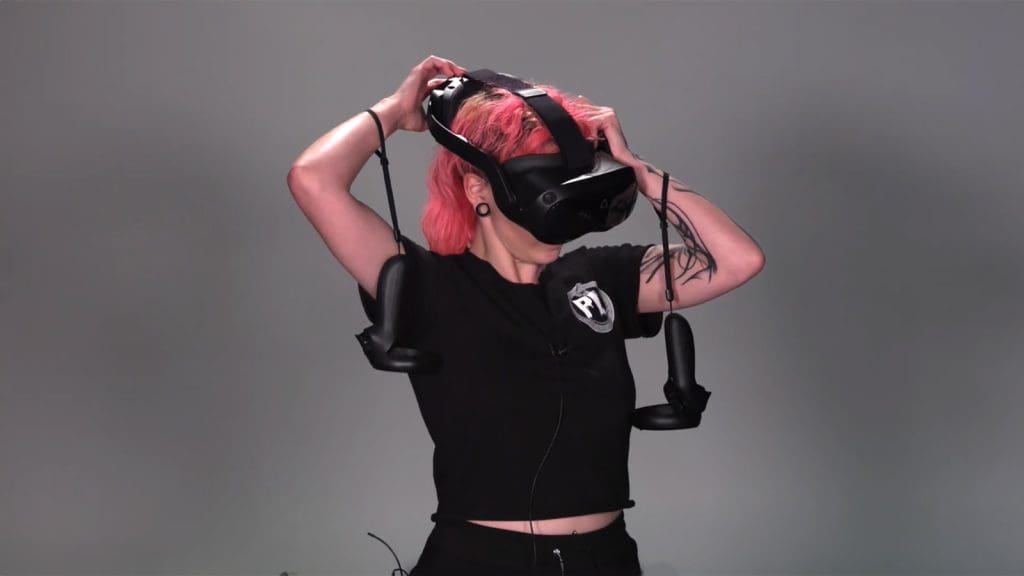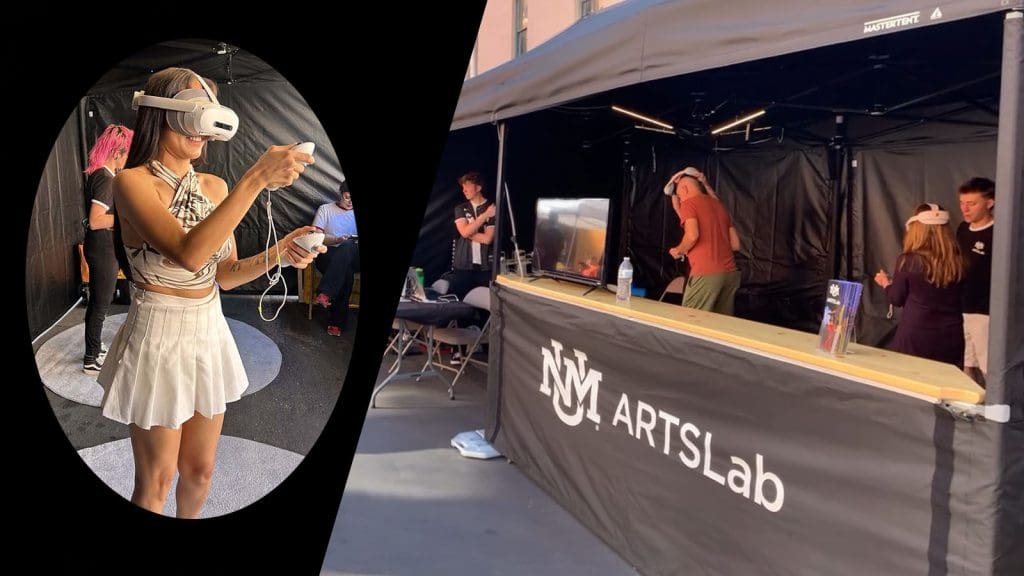It is a story of nature and technology, of survival and adaptation—one that begins with the humble Gunnison prairie dog.
With the help of the Artec Leo 3D scanner, provided by ARTS Lab, UNM researches are capturing the intricate topography of a prairie dog colony, digitally mapping the winding burrows that lie just beneath the city’s surface. Catherine Harris, Associate Professor and Chair of the Department of Landscape Architecture, leads this effort with a simple yet profound goal: to better understand how these small creatures shape, and are shaped by, the urban environment.
Beneath the pavement, beneath the hum of passing trains and cars, exists a world few have seen. This scaled 3D model will reveal the hidden architecture of prairie dog homes, offering insights into their resilience and the delicate balance between wildlife and human expansion. It is a testament to the ingenuity of nature—and the curiosity of those who seek to understand it.

